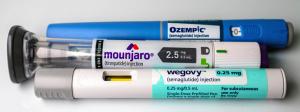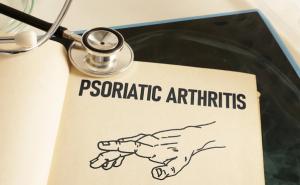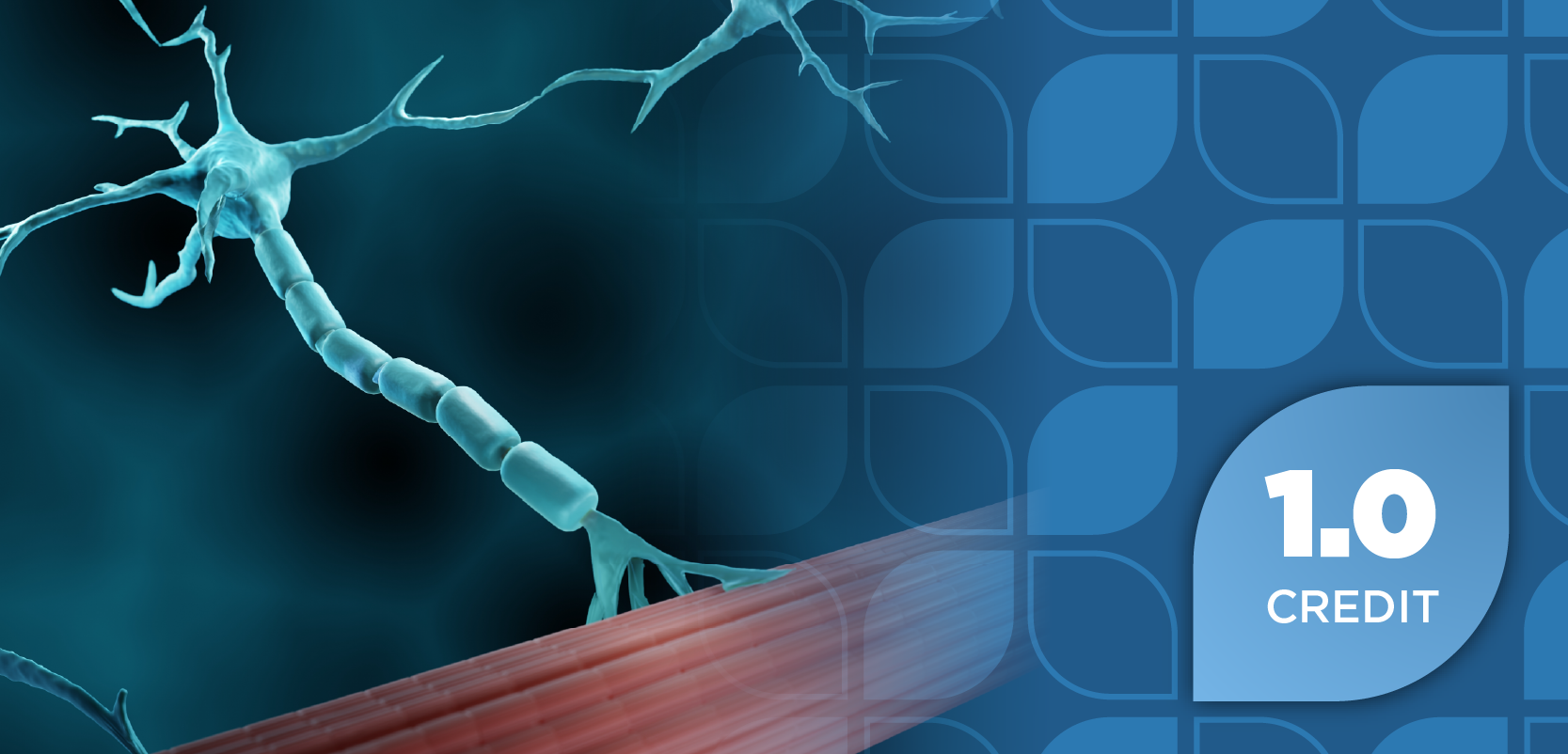Exacerbations Drive Costs, Utilization in Myasthenia Gravis
For this study, outcomes were compared between 2 groups of patients with myasthenia gravis: those who developed exacerbations and those who did not experience exacerbations.
Higher health care costs and rates of health care utilization, as well as reduced quality of life, were seen among a cohort of adult patients who experienced exacerbations of their
The investigators for the present retrospective cohort study explained that currently available data demonstrate early diagnosis and treatment for myasthenia gravis have great potential to produce outcomes that include disease remission,1-3 advances that could go a long way toward improving the prognoses of patients. Particularly the majority of whom will experience at least 1 exacerbation in their lifetime, or a myasthenic crisis necessitating intubation and mechanical ventilation for respiratory assistance. Risk of intubation was used as a proxy for myasthenic crisis, and health care utilization was determined by looking at hospitalization, outpatient visits, emergency department (ED) visits, and intensive care unit (ICU) stay.
These findings were published in
Using deidentified electronic health record data extracted from the US Veterans Affairs National Healthcare system and database for 1999 to 2022, the investigators formed a population of 10,718 patients with myasthenia gravis, a third of whom (n = 3603) had at least 1 exacerbation (MG-E). The patients were identified by International Classification of Disease codes. The mean (SD) follow-ups were 8.11 (5.00) and 7.62 (4.86) years, respectively, and the patients who did not have an exacerbation (MG-O) were slightly older at diagnosis, at 71.71 (11.26) vs 68.01 (11.67) years.
Overall, the patients who were in the MG-E cohort had a higher incidence of early-onset myasthenia gravis, at 7.72% vs 5.05% (P < .0001), and a higher baseline mean Charlson Comorbidity Index score prior to being diagnosed, at 0.86 vs 0.59 (P < .0001). Under this scale, a higher score indicates a higher comorbidity burden and risk of death.5
A majority of both patient groups was male (MG-E, 94.81%; MG-O, 96.21%) and Caucasian (75.49% and 73.37%, respectively), but the MG-E cohort had more African American patients, at 9.85% vs 6.62% (P < .0001).4 Most patients (31.06%) in the MG-E group were from the Midwest region, and most of the MG-O group resided in the South (33.51%). The mean baseline body mass index of the MG-E group was 30.76 (6.17) kg/m2, and of the MG-O group, 29.85 (5.69) kg/m2 (P < .0001).
Among the patients who experienced exacerbations, more than half (52%) experienced these at least 3 times over the course of the study, for a mean of 1.34 (2.50) exacerbations per year. The longer the course of disease, the higher the cumulative incidence of exacerbations, with 11% of patients having this history at diagnosis compared with 42% at the 15-year mark.
The risk of exacerbation was higher among African American (HR, 1.22; 95% CI, 1.09-1.36; P < .001) and Hispanic (HR, 1.44; 95% CI, 1.25-1.65; P < .001) patients vs White patients. Adjusting for region and ethnicity also saw Hispanic patients having a 20% (HR, 1.20; 95% CI, 1.04-1.39; P = .0011) higher chance of experiencing exacerbation, and patients living in the West having a 21% (HR, 1.21; 95% CI, 1.10-.1.31; P < .001) higher chance of exacerbation. In contrast, patients 65 years or older had a 41% (HR, 0.59; 95% CI, 0.44-0.75; P < .001) reduced risk of exacerbation.
Each unit increase on the Charlson Comorbidity Index indicated a 7% increase in exacerbation risk, and certain comorbidities were linked to higher chance of exacerbation:
- Diabetes, 9% (HR, 1.09; 95% CI, 1.02-1.18; P = .016)
- Hyperlipidemia,14% (HR, 1.14; 95% CI, 1.05-1.24; P = .002)
- Hypertension, 15% (HR, 1.15; 95% CI, 1.05-1.26; P = .002)
- Chronic obstructive pulmonary disease 15% (HR, 1.15; 95% CI, 1.06-1.24; P < .001)
- Sleep disorders, 25% (HR, 1.25; 95% CI, 1.09-1.42; P .001)
- Infections, 45% (HR, 1.45; 95% CI, 1.35-1.56; P < .001)
Patients with a history of exacerbations were 5 times as likely to require intubation (P < .001), and 20% of patients experienced more than 10 exacerbations over the follow-up period. Those with exacerbation also had 20-day longer mean hospital stays (60.70 vs 40.76 days), 11-day longer ICU stays (23.86 vs 12.6 days), approximately 4 times as many ED visits (5.07 vs 1.82), and 25.05 outpatient visits vs 14.08 visits seen among the MG-O group.
The study authors highlight that their findings underscore the prevalent myasthenia gravis–related health care utilization burden, as well that they add to the current literature by using longitudinal data, a large sample size, and a long follow-up period.
“Investigating the influence of novel and existing treatments’ impact on the economic and clinical burden is crucial for future research,” they write. “Advocacy for more comprehensive care and potential enhancements to MG therapy may also be appropriate for individuals who experienced a single MG exacerbation, as subsequent exacerbations are more prone to occur in such cases.”
References
1. Mao ZF, Mo XA, Qin C, Lai YR, Hartman TCO. Course and prognosis of myasthenia gravis: a systematic review. Eur J Neurol. 2010;17(7):913-921. doi:10.1111/j.1468-1331.2010.03017.x
2. Wang L, Zhang Y, He M. Clinical predictors for the prognosis of myasthenia gravis. BMC Neurol. 2017;17(1)77. doi:10.1186/s12883-017-0857-7
3. Yang J, Liu C, Li T, Li C. Prognosis of thymectomy in myasthenia gravis patients with thymus hyperplasia. Int J Neurosci. 2017;127(9):785-789. doi:10.1080/00207454.2016.1257993
4. Qi CZ, Lin Y, Li Y, et al. Characteristics and healthcare utilization of patients with myasthenia gravis exacerbation. J Neurol Sci. 2025:468:123322. doi:10.1016/j.jns.2024.123322
5. Charlson Comorbidity Index. MDCalc. Accessed January 24, 2025.
Newsletter
Stay ahead of policy, cost, and value—subscribe to AJMC for expert insights at the intersection of clinical care and health economics.
Related Articles
 Metabolic Issues More Common in Patients With HIV
Metabolic Issues More Common in Patients With HIVSeptember 18th 2025
 Barriers to Gender-Affirming Surgery Persist Despite High Satisfaction Rate
Barriers to Gender-Affirming Surgery Persist Despite High Satisfaction RateSeptember 18th 2025
 Eating Behaviors May Predict GLP-1 Therapy Success in Type 2 Diabetes
Eating Behaviors May Predict GLP-1 Therapy Success in Type 2 DiabetesSeptember 18th 2025





























































